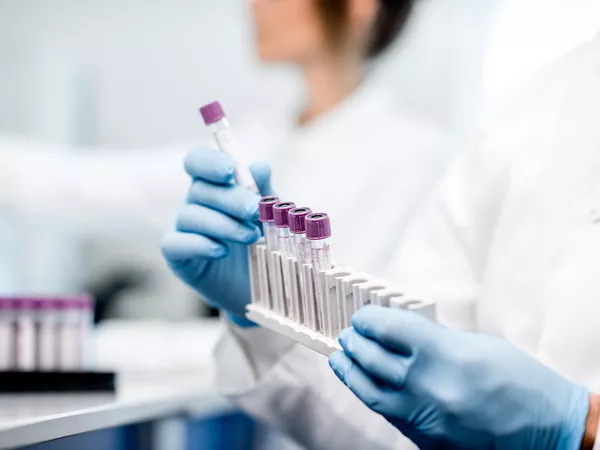ORIGINAL RESEARCH
Published on 31 Mar 2021
Two Novel Bacteriophages Control Multidrug- and Methicillin-Resistant Staphylococcus pseudintermedius Biofilm

doi 10.3389/fmed.2021.524059
- 3,689 views
- 27 citations
13k
Total downloads
61k
Total views and downloads
ORIGINAL RESEARCH
Published on 31 Mar 2021

ORIGINAL RESEARCH
Published on 25 Sep 2020

REVIEW
Published on 18 Sep 2020

ORIGINAL RESEARCH
Published on 18 Aug 2020

ORIGINAL RESEARCH
Published on 10 Jun 2020

ORIGINAL RESEARCH
Published on 15 Apr 2020

ORIGINAL RESEARCH
Published on 28 Feb 2020

